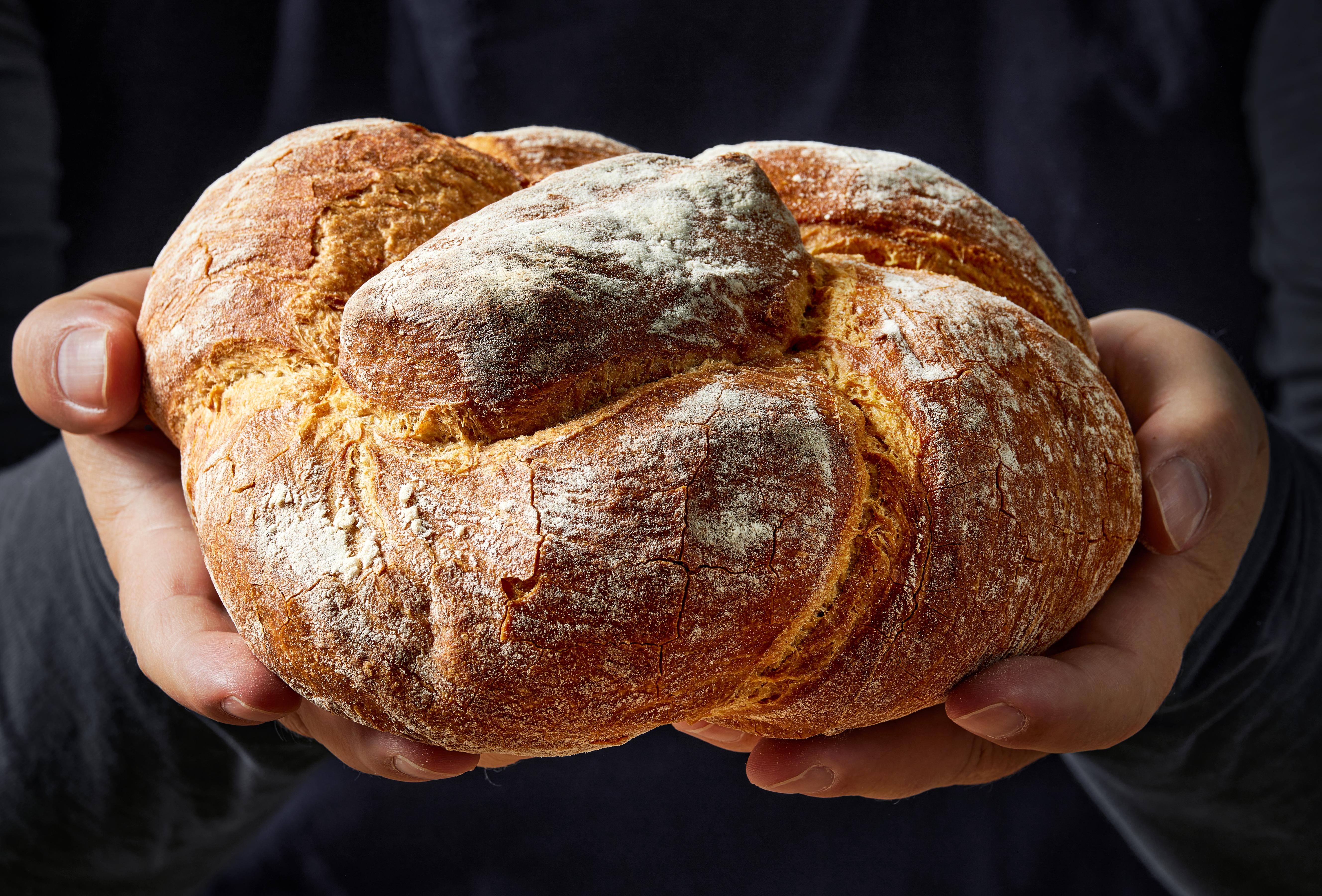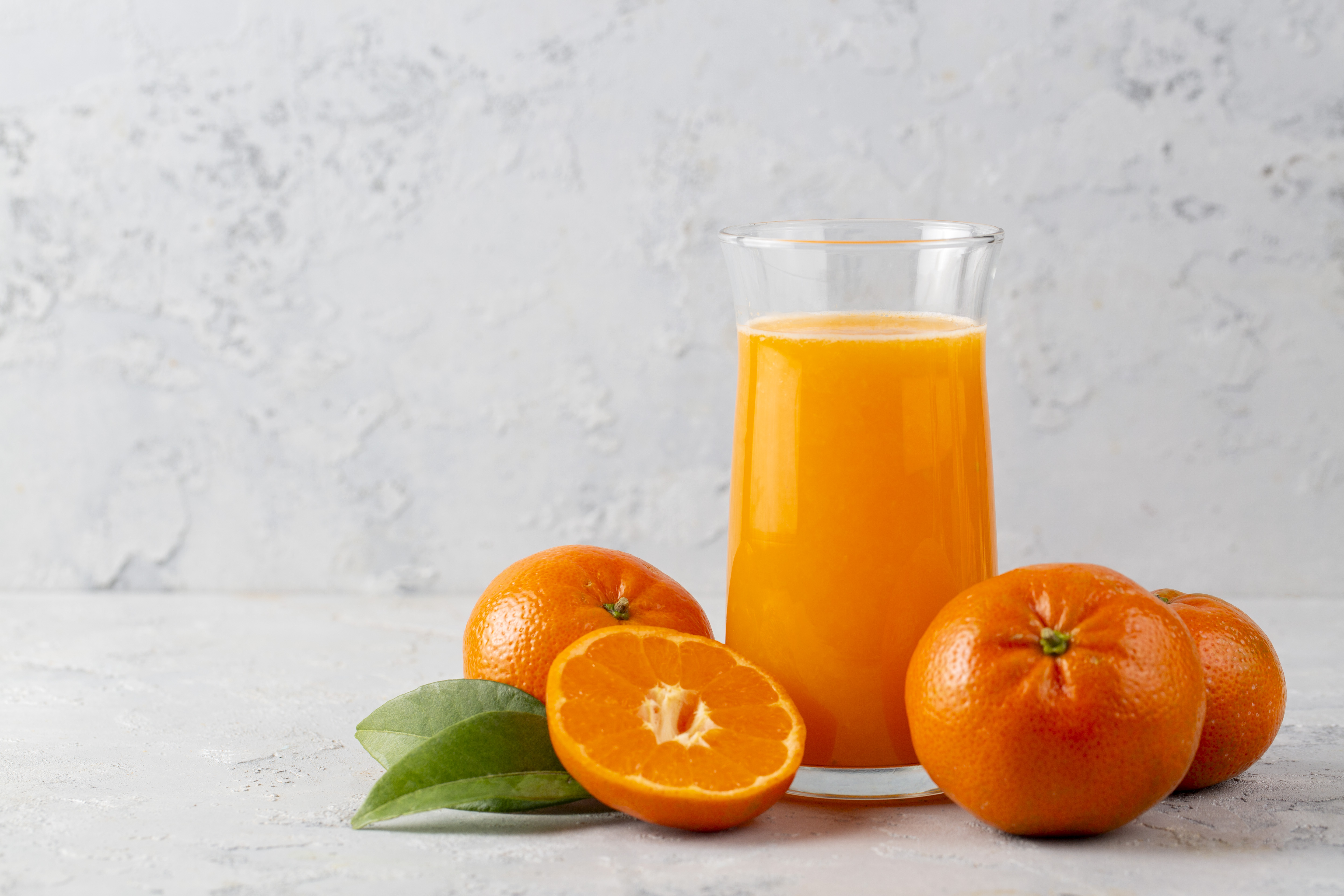Foods That Secretly Spike Your Blood Sugar
In the intricate dance of nutrition and health, the relationship between food and blood sugar levels often plays a pivotal role. While many are aware of the impact of sugars and carbohydrates, there lurks a surprising array of everyday foods that can stealthily elevate blood sugar levels. These appetite favorites, often considered healthy or innocuous, can contribute to unexpected glycemic spikes. Understanding these hidden culprits is crucial for maintaining balanced blood sugar levels, especially for those managing diabetes or insulin sensitivity. This exploration delves into 11 such foods, unraveling the subtle ways they influence our blood sugar, often catching us off guard in our dietary habits.
1. Fruit Juices: Nature’s Sweet Trap
Fruit juices, often perceived as a healthy alternative to sugary sodas, can be a hidden source of high sugar intake. While they retain some vitamins and minerals, they often lack the fiber found in whole fruits, which helps to moderate blood sugar spikes. The concentration of natural sugars in fruit juices can lead to a rapid increase in blood glucose levels, similar to consuming sugary soft drinks. This is particularly true for juices without added sugars, as the natural fructose content is still potent. Understanding the glycemic load of fruit juices is essential for those who consume them regularly, as they can deceptively contribute to blood sugar fluctuations.
2. Whole Wheat Bread: The Grainy Illusion

Whole wheat bread is often lauded as a healthier alternative to white bread, primarily due to its higher fiber content. However, not all whole wheat breads are created equal. Many commercial varieties contain added sugars and refined grains, which can lead to a quicker rise in blood glucose levels. Additionally, the glycemic index of whole wheat bread can vary significantly depending on the processing methods and ingredients used. For those monitoring their blood sugar, it’s important to scrutinize bread labels and opt for truly whole grain options, which offer a better balance of nutrients and a slower release of sugars into the bloodstream.
